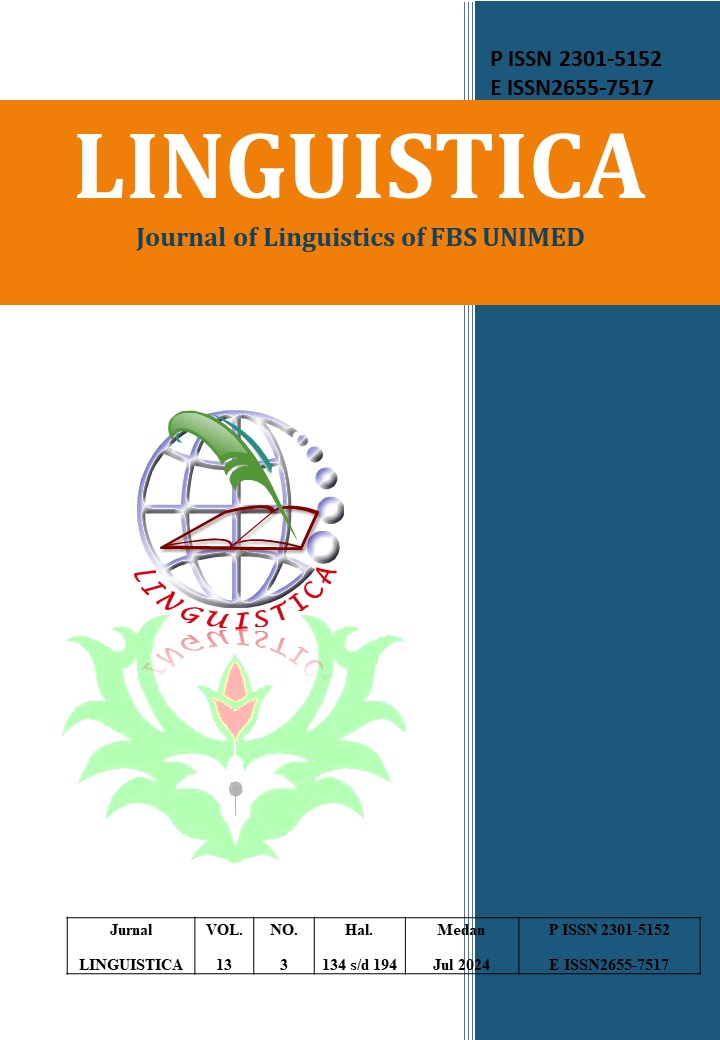LITERATURE REVIEW ON ARTIFICIAL INTELLIGENCE (AI) INTEGRATION INTO HIGHER EDUCATION TEACHING AND LEARNING: A CHALLENGE OR OPPORTUNITY?
DOI:
https://doi.org/10.24114/jalu.v13i3.62117Abstract
Technological advancements have significantly transformed various facets of human existence, including the realm of education. An important transformation that has taken place is the rise of artificial intelligence, which has become an essential component of the educational process, particularly among students in higher education. The primary objective of this essay is to examine the comprehension of artificial intelligence and the potential hazards it poses within the realm of education. The methodology employed involves doing a comprehensive literature review by examining pertinent scholarly articles, books and researches. The data that was gathered was subjected to analysis in order to examine the effects of dependence on artificial intelligence in the field of education. The study was conducted at Ambon State Polytechnic, where the findings indicated the presence of various risks linked to the utilisation of artificial intelligence in the field of education. These risks encompassed the possibility of errors and inaccuracies within artificial intelligence systems, ethical concerns, and psychological ramifications. This article additionally presents a number of strategies for the prudent utilisation of artificial intelligence in order to mitigate these potential hazards. The primary objective of this article is to enhance comprehension regarding the utilisation of artificial intelligence in the field of education, while also providing recommendations on effectively managing potential hazards that may emerge.Downloads
Published
2024-07-31
Issue
Section
Articles
License
Copyright (c) 2024 JUVRIANTO CHRISSUNDAY JAKOB, NIKOLAUS PASSASUNG

This work is licensed under a Creative Commons Attribution-ShareAlike 4.0 International License.
Authors who publish with this journal agree to the following terms:
- Authors retain copyright and grant the journal the right of first publication with the work simultaneously licensed under a Creative Commons Attribution License that allows others to share the work with an acknowledgment of the work's authorship and initial publication in this journal.
- Authors are able to enter into separate, additional contractual arrangements for the non-exclusive distribution of the journal's published version of the work (e.g., post it to an institutional repository or publish it in a book), with an acknowledgment of its initial publication in this journal.
- Authors are permitted and encouraged to post their work online (e.g., in institutional repositories or on their website) prior to and during the submission process, as it can lead to productive exchanges, as well as earlier and greater citation of published work (See The Effect of Open Access).
- This work is licensed under a Creative Commons Attribution-ShareAlike 4.0 International License.

